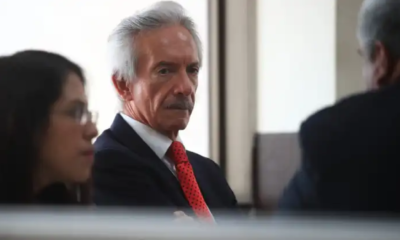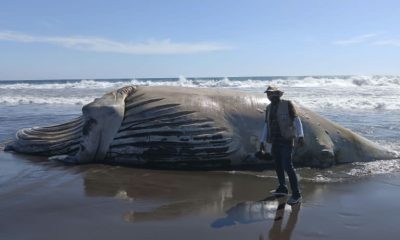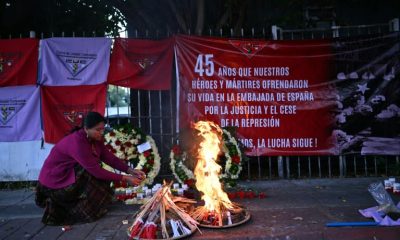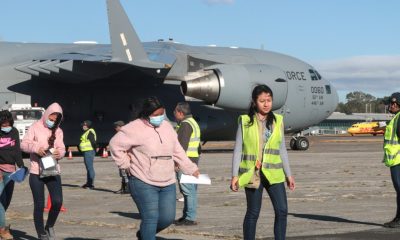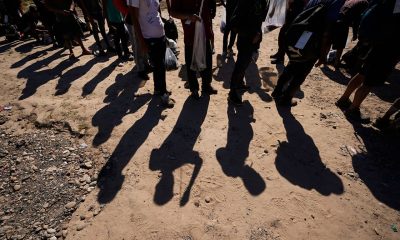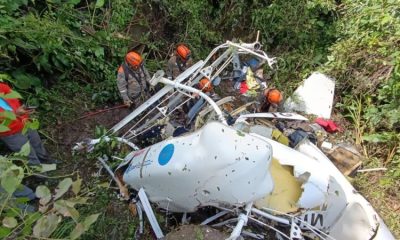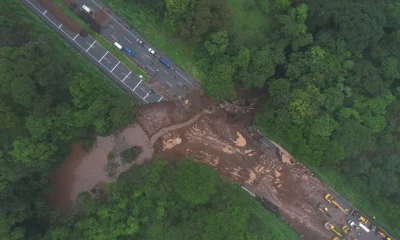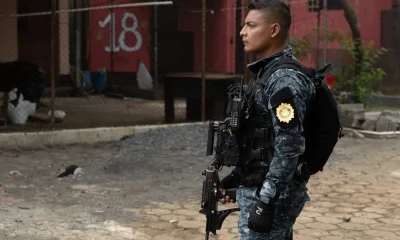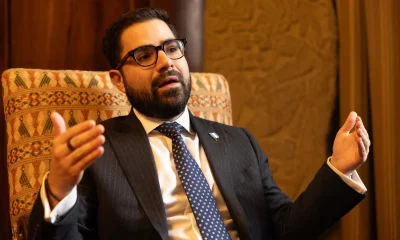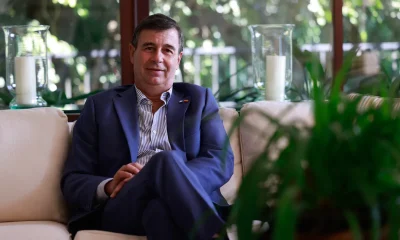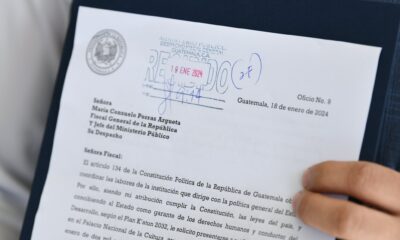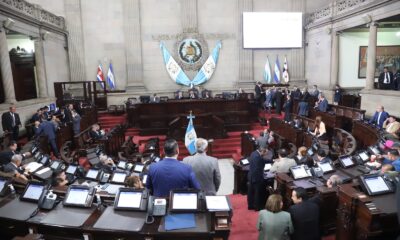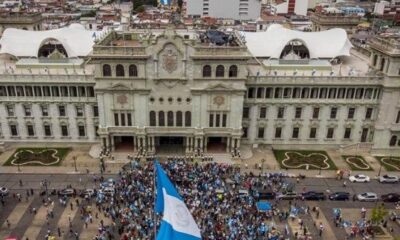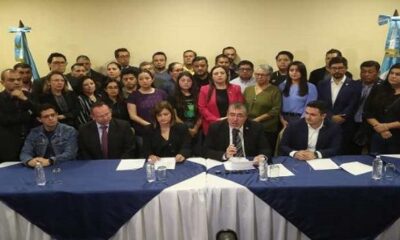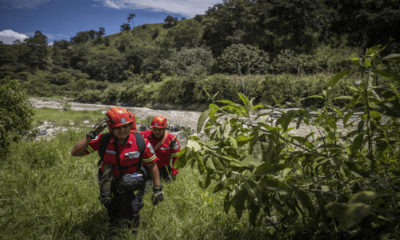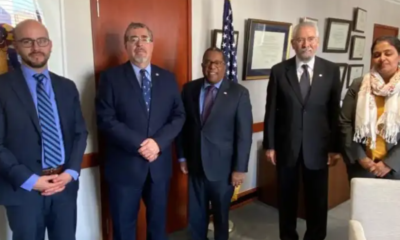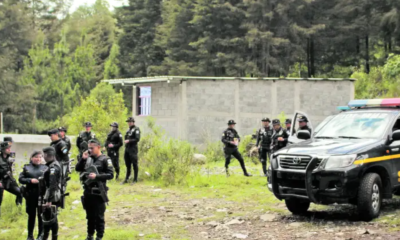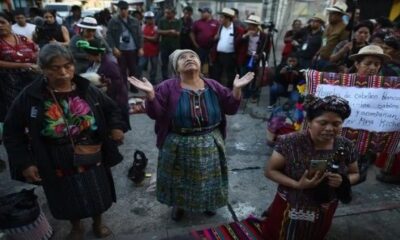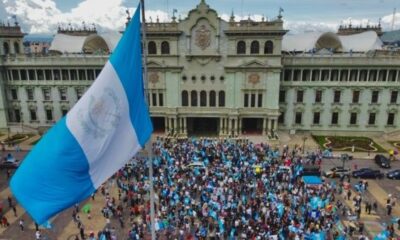Central America
The situation of Guatemalan journalists exiled in the last four years is “very critical”
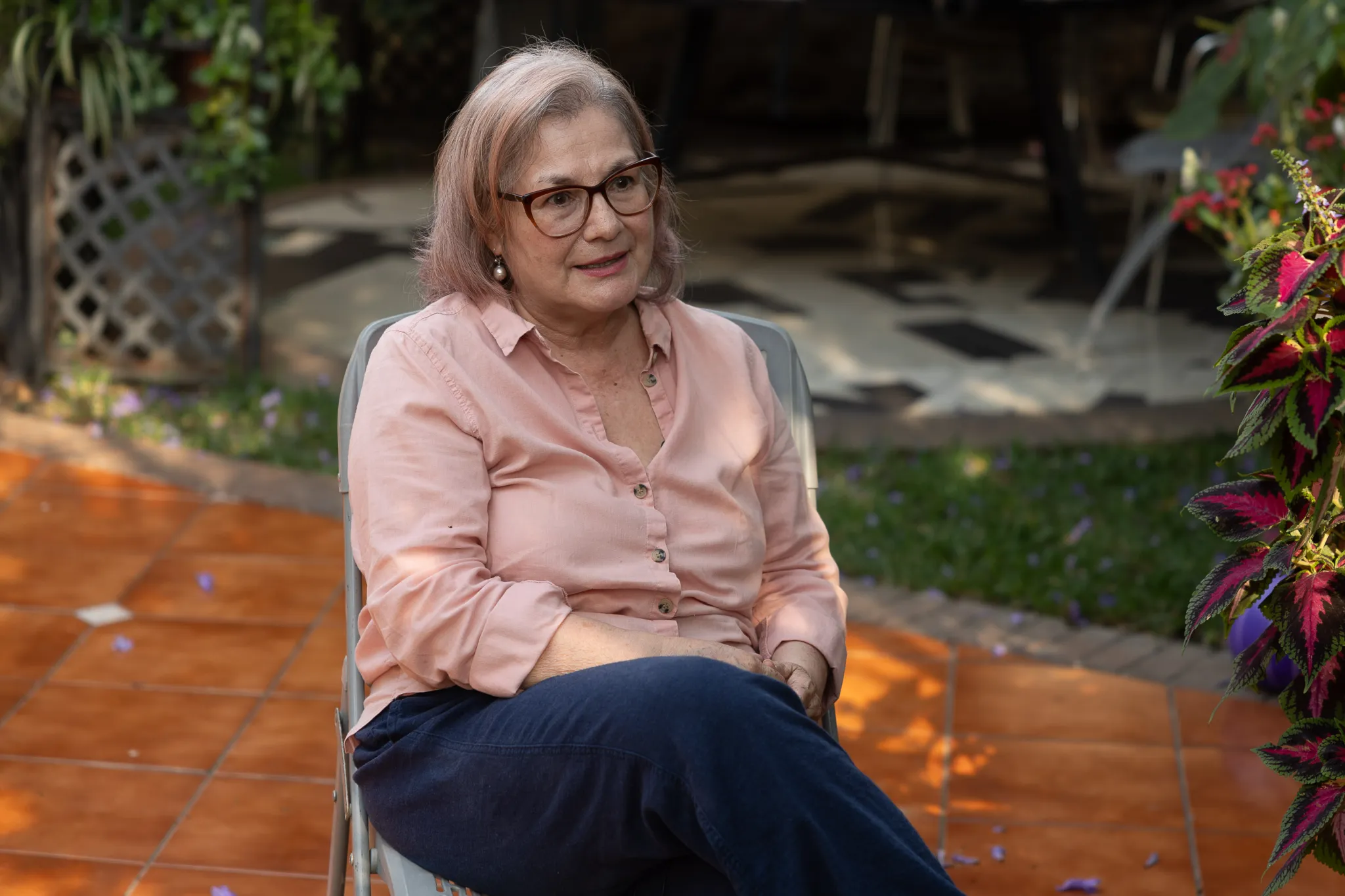
Journalist and defender of freedom of expression Evelyn Blanck warns that the reporters who have been forced to leave Guatemala are in a “very critical” situation and that there are still no conditions for them to return to the country, despite the positive turn in the press that has been given with the Government of the new President Bernardo Arévalo de León.
Blanck is the coordinator of the Civitas Center, an organization that seeks to ensure the freedom of the press in the Central American country and that has coordinated support for more than twenty journalists who have had to go into exile, after denouncing political persecution against her in the last four years.
“Colleagues in exile are in a critical situation,” the journalist warns in an interview with EFE and assures that among the twenty colleagues who were forced to leave Guatemala in recent years, there are three mothers who are separated from their children and many others who struggle to find conditions to continue practicing journalism.
Several of them “are struggling to survive because they came out with emergency funds, with financing for three months and they never have anything guaranteed,” says this journalist with more than 30 years of experience.
According to an analysis by the social organization Red Rompe El Silencio, 44% of Guatemalan journalists exiled have had to stop exercising their profession and most are refugees in the United States, Mexico, Costa Rica and seven other countries.
This crisis of “political persecution” against the press in several Central American countries revealed that there is no comprehensive system of care for journalists who are forced to leave their country, says the activist.
“The only thing we have left is to try to work with the Central American network of journalism solutions so that colleagues have conditions to stay outside because today Guatemalans, Salvadorans and Nicaraguan exiles cannot return,” Blanck concludes.
Journalists Juan Luis Font, director of the radio program Con Criterio and Michelle Mendoza, who was a correspondent for the CNN network in Guatemala, top the list of Guatemalan communicators who have had to go into exile.
In Blanck’s opinion, the Government of the new president of Guatemala exhibits “an institutional discourse that recognizes the work of the press, although its ability to maneuver is very little because the State is still co-opted.”
“Of course there is tension, but it is different from the administrations of Alejandro Giammattei (2020-2024) and Jimmy Morales (2016-2020), where there was an absolute public contempt for the press and that is over,” says the journalist.
According to the Association of Journalists of Guatemala (APG), during the administration of Giammattei there were more than 400 attacks on the press by public officials, and the vast majority of these were dismissed and not investigated by the authorities.
That is why Blanck refers to the Government of Arévalo de León as “a respite that we do not know how long it will last,” and warns that there are no conditions for journalists who left the country under persecution to return while the co-optation of the Judicial Body and the Public Ministry (Public Prosecutor’s Office) persists.
“Doing journalism in Guatemala has always been facing a country of censorship, it is facing power. This is one of the most difficult countries to do quality journalism,” says Blanck.
The Guatemalan Prosecutor’s Office, headed by Consuelo Porras Argueta, has led several cases against communicators in recent years and the most emblematic is that of José Rubén Zamora Marroquín, an internationally recognized journalist who was arrested on July 29, 2022, a few days after launching criticism against the close circle of the then president, Alejandro Giammattei.
Zamora Marroquín, who recently served 600 days in prison, is still waiting for the repetition of the trial against him for an alleged money laundering case and indicated that since the arrival of Arévalo de León to power in January, he has been guaranteed decent conditions in his arrest.
Central America
Honduras election crisis deepens as CNE president denounces intimidation attempts
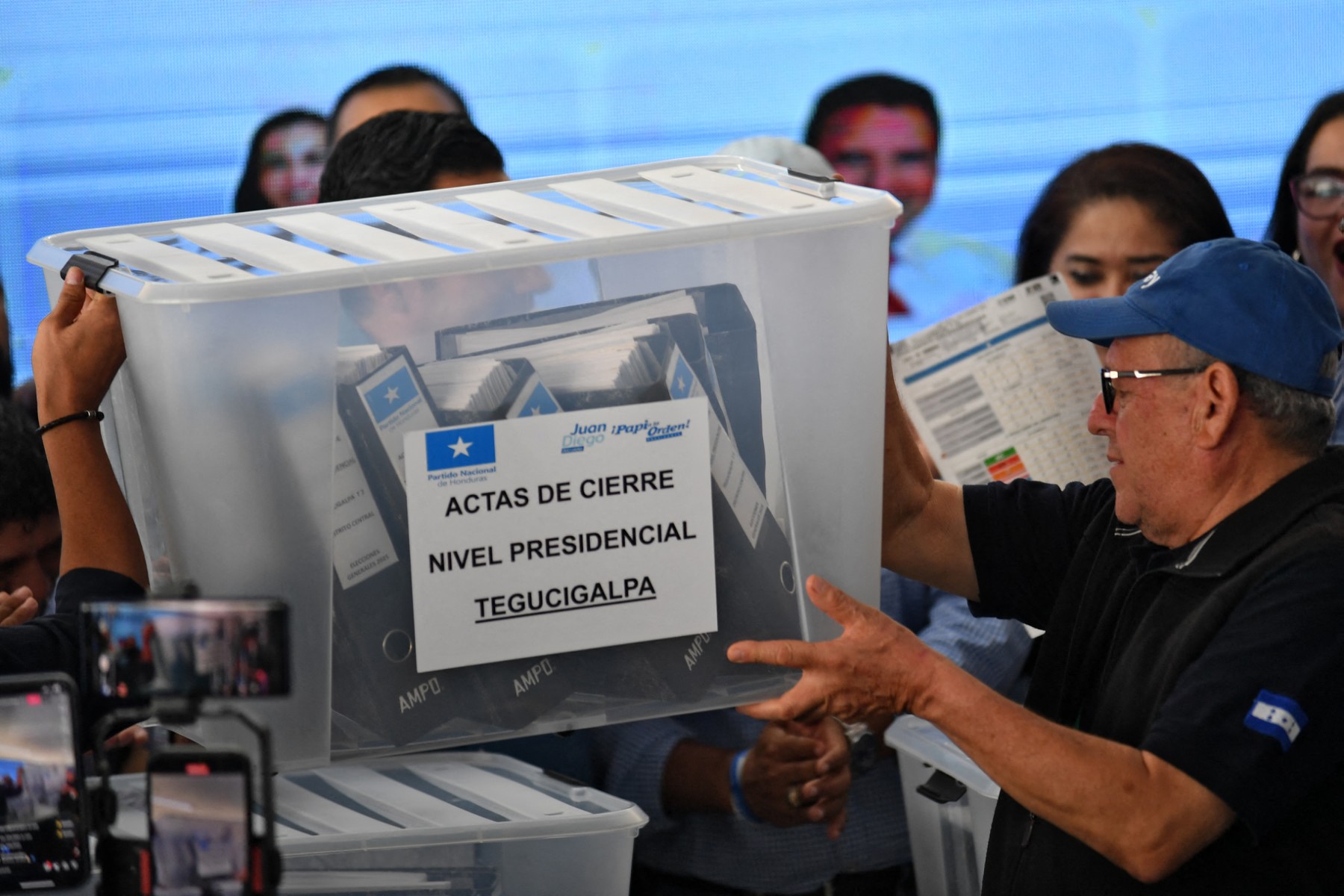
Tegucigalpa remains engulfed in a deep post-electoral crisis, marked by the absence of final results from the general elections held on November 30. On Thursday, the presiding counselor of the National Electoral Council (CNE), Ana Paola Hall, publicly denounced acts of intimidation that she warned could jeopardize the final phase of the process.
Following a meeting with the G-16+ diplomatic corps, Hall expressed concern over two specific incidents: a call by former president Manuel Zelaya summoning supporters of the Libre Party to gather outside the INFOP facilities—where electoral records and materials are being safeguarded—and a statement issued by the Permanent Commission of Congress accusing her and counselor Cossette López of alleged electoral crimes, an action she described as “baseless and outside their jurisdiction.”
Hall reaffirmed her institutional commitment and warned that she will not allow interference in the announcement of the results. “Honduras comes first,” she emphasized, underscoring her intention to defend the electoral process as a cornerstone of democracy.
Meanwhile, the preliminary results place Nasry ‘Tito’ Asfura, candidate of the National Party, in the lead with 40.52%of the vote, followed closely by Salvador Nasralla of the Liberal Party, with 39.48%. The ruling party’s candidate, Rixi Moncada of Libre, is in third place with 19.29%. Around 0.6% of the tally sheets—many of them showing inconsistencies—have yet to be reviewed.
The Organization of American States (OAS) called an extraordinary session of its Permanent Council to analyze the situation, while civil organizations and governments such as Paraguay’s urged respect for the popular will.
Honduran President Xiomara Castro accused the United States, and specifically former president Donald Trump, of obstructing the process, while also denouncing threats from gangs against voters aligned with her party.
Central America
OAS and EU urge honduran political actors to respect vote results and avoid unrest

The Electoral Observation Missions of the Organization of American States (OAS/EOM) and the European Union (EU EOM) issued an urgent call on Wednesday urging political actors in Honduras to respect the will expressed at the polls on November 30 and to refrain from inciting public disorder while the vote count is being finalized.
Both missions called on candidates, political parties, and authorities to act responsibly and maintain “active vigilance” over the vote-counting process.
So far, the National Electoral Council (CNE) has processed 99.4% of the tally sheets, but 2,773 still show inconsistencies, representing more than 500,000 unverified votes. The electoral body has not set a date for the special review, though it could begin later this week.
“The OAS/EOM reminds that electoral authorities are the only ones empowered to validate the results and reiterates its rejection of any call to disrupt public order,” the mission said in an official statement.
Central America
U.S. finds no evidence of fraud in Honduras election despite delays

The United States government said on Tuesday that it has found no evidence of electoral fraud in Honduras’ presidential election, despite several days of delays in the vote count caused by technical issues.
“We are not aware of any credible evidence supporting a call for annulment,” a State Department spokesperson told EFE in response to complaints over the slow release of official results. Washington emphasized that the elections were monitored by international observers, including representatives from the Organization of American States (OAS), the European Union (EU), and national entities, which it said strengthens the legitimacy of the process.
In the current tally, conservative candidate Nasry “Tito” Asfura—backed by U.S. President Donald Trump—remains in the lead with 1,298,835 votes (40.52%), while his rival, Salvador Nasralla of the Liberal Party, has 1,256,428 votes (39.48%). The difference of 42,407 ballots is based on the latest report from the National Electoral Council (CNE), with 99.40% of the tally completed.
According to the Trump administration, the vote reflects a clear rejection of the governing leftist Libre party, led by outgoing President Xiomara Castro.
“The CNE should certify the election results promptly,” the spokesperson said, urging all political actors to respect the independence of electoral institutions and comply with Honduras’ legal framework.
The vote count—now stretching past four days—has fueled tension and uncertainty among the population. CNE president Ana Paola Hall attributed the delays to unspecified “technical problems.”
-
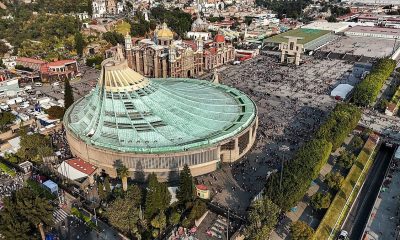
 International4 days ago
International4 days agoMexico City prepares for 13 million pilgrims at Basilica of Guadalupe
-
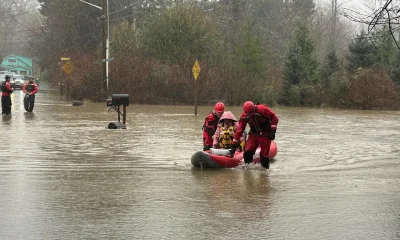
 International3 days ago
International3 days agoWashington declares State of Emergency as atmospheric river brings severe flooding
-

 Central America4 days ago
Central America4 days agoHonduras’ electoral chief reports ongoing technical issues but says results remain intact
-

 Central America5 days ago
Central America5 days agoMexico and Guatemala launch joint security operation after Agua Zarca border attack
-

 International3 days ago
International3 days agoU.S. to require five-year social media history from tourists under Visa Waiver Program
-
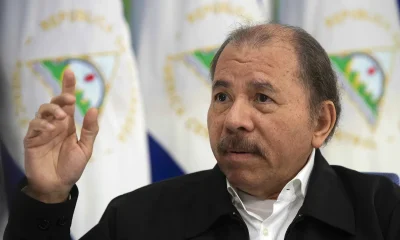
 Central America4 days ago
Central America4 days agoU.S. accuses Ortega regime of systematic human rights abuses in Nicaragua
-

 Central America4 days ago
Central America4 days agoU.S. finds no evidence of fraud in Honduras election despite delays
-

 Central America5 days ago
Central America5 days agoHonduran University: Nullifying elections without proof of fraud undermines popular sovereignty
-

 International2 days ago
International2 days agoCuba battles out-of-control dengue and chikungunya epidemic as death toll rises to 44
-

 Central America3 days ago
Central America3 days agoOAS and EU urge honduran political actors to respect vote results and avoid unrest
-

 Central America5 days ago
Central America5 days agoCNA director says Libre’s defeat stems from “lack of substance,” not messaging
-

 Central America2 days ago
Central America2 days agoHonduras election crisis deepens as CNE president denounces intimidation attempts
-

 International2 days ago
International2 days agoColombia says it would not reject Maduro asylum request as regional tensions escalate
-

 International5 days ago
International5 days agoZelensky meets Pope Leo XIV as review of U.S. peace plan continues
-

 International9 hours ago
International9 hours agoSeveral people shot in attack on Brown University campus
-
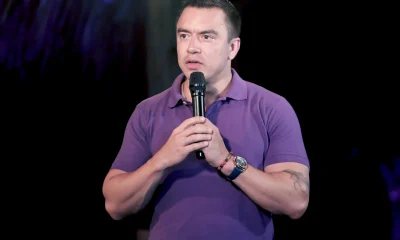
 International3 days ago
International3 days agoSix ecuadorian soldiers jailed pending trial for alleged extrajudicial execution
-

 International2 days ago
International2 days agoEcuador on track for record violence as homicides hit highest level in Latin America again
-
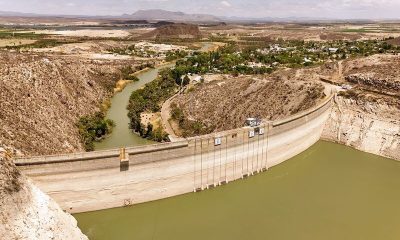
 International6 hours ago
International6 hours agoU.S. and Mexico Reach Deal to Address Water Deficit Under 1944 Treaty



























